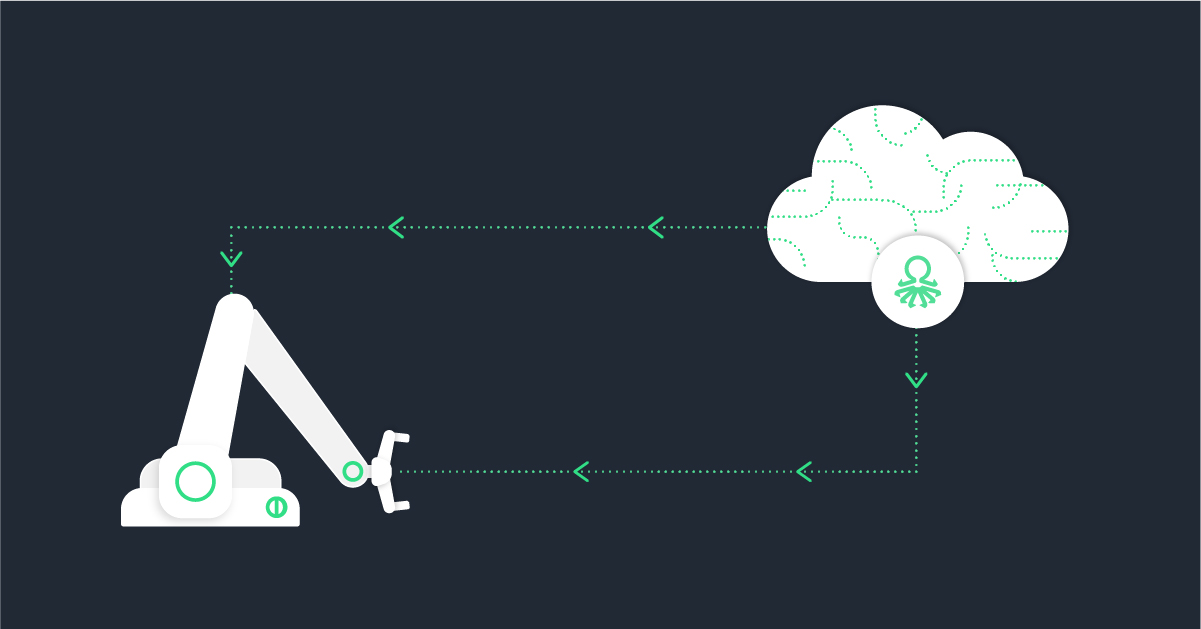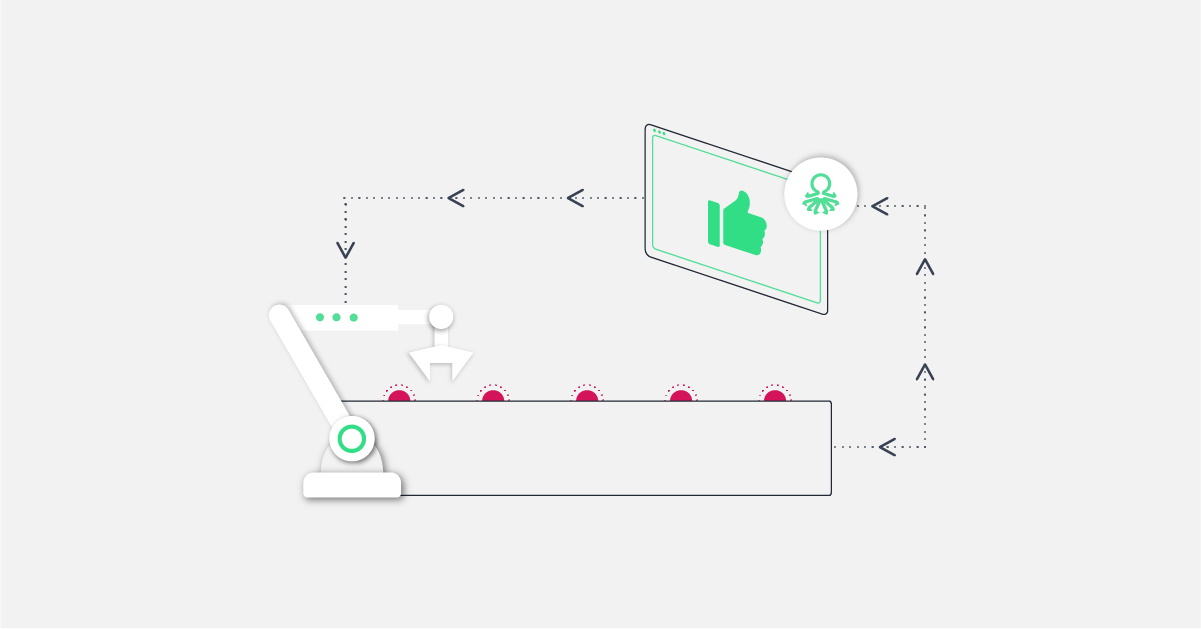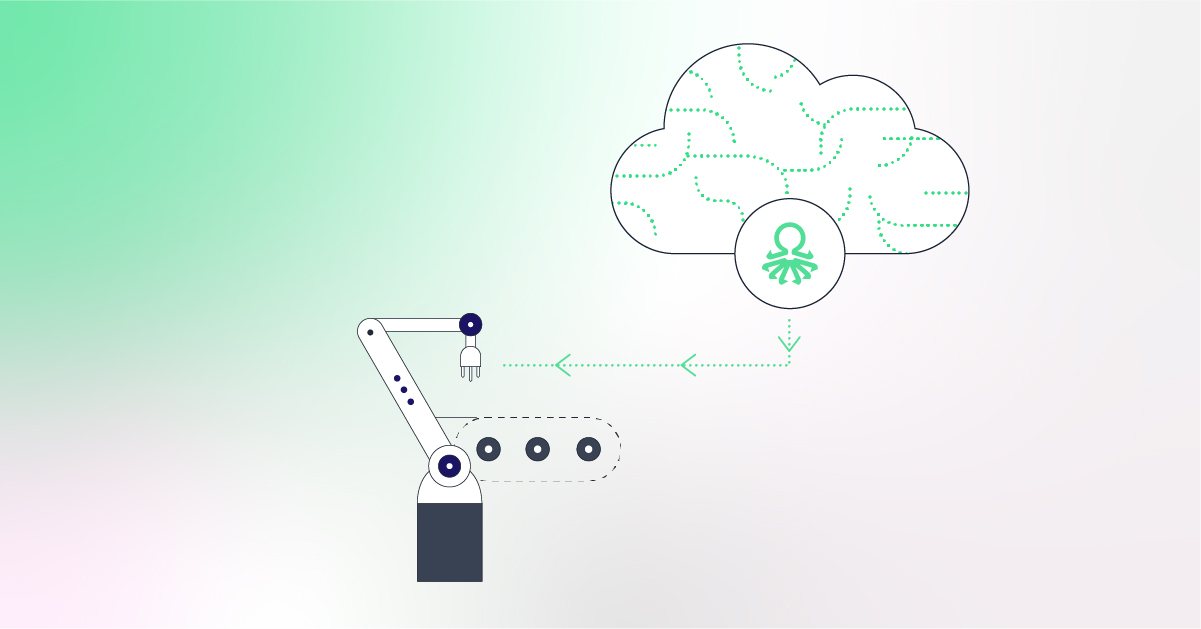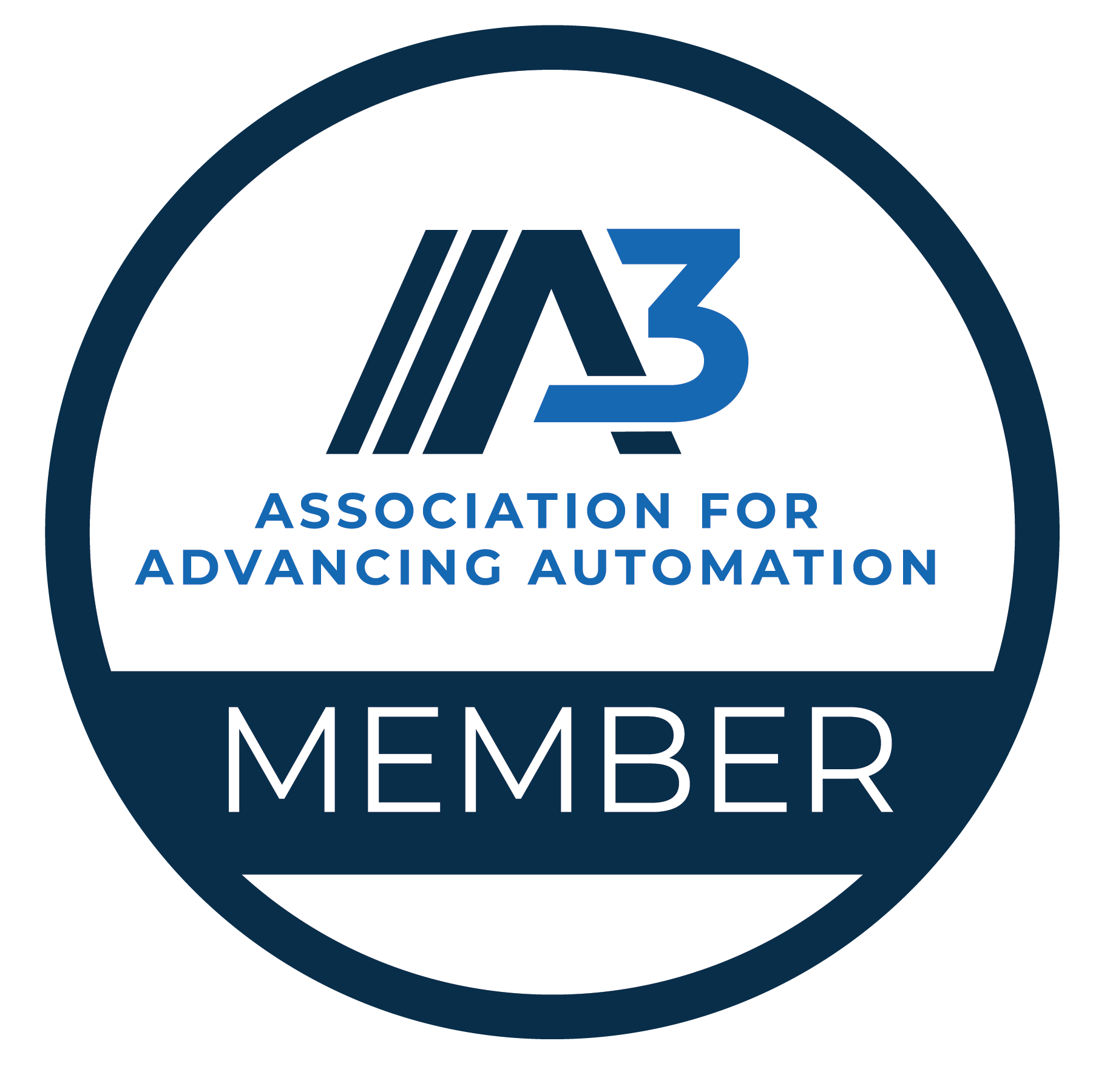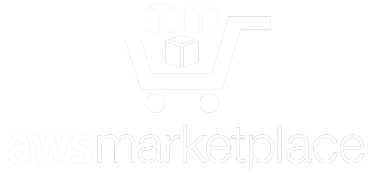Industry 4.0 seems to be the white whale of industrial manufacturing. It’s the goal that every large-scale manufacturing facility is striving to achieve, but it always seems just barely out of reach. One reason for this is a lack of cohesive understanding of what Industry 4.0 truly is, but to understand that, we must first (quickly) run through Industries 1 through 3.
Industry 1.0: Rise of The Machines
The introduction of steam and water-powered machines is largely accepted as the beginning of Industry 1.0. This took place sometime in the 18th century and enabled some manufacturers to either simplify or even expand what they could produce through the innovation of water and steam power. It was a time when both individuals and organizations could begin to harness an external force to output bigger, stronger, and more complex products.Industry 2.0: Some Assembly Required / Batteries Not Included
Around the turn of the 19th century, with electricity being the new, radical, and disruptive technology, companies, most notably the Ford Motor Company, began to develop production and assembly lines. These lines allowed workers to stay stationary and perform any tasks needed for production, such as welding, painting, or assembling. This advent was one of the most significant since it was the first baby step towards automation. And while it came with loads of negative baggage from the workers’ perspective, it also created levels of efficiency never seen before.Industry 3.0: AutoBots – Roll Out!
Industry 3.0 started sometime in the 1970s, or 1980s saw exponential growth within digital technology and robotics, adapted for industrial manufacturing. These innovations include many of the technologies used in most factories today: robotic unit production and fabrication, autonomous production lines, data sensors, and analytics metrics.One Of These Things Are Not Like The Others
Industries 1 and 2 focused primarily on improving the efficiency of manufacturing and production facilities by improving production speed. Namely, having machines perform tasks quickly that would take more time and effort if performed by humans. Industry 3.0 differs from the first two because it was the first time manufacturers started to understand what their facilities were doing. Still, it also began to provide data and insights on how their facilities performed. Moving into the 20th century, these digital transformations became much more sophisticated. As a result, manufacturers’ insights shifted from individual shift performances to predictive machine maintenance. Much like the other two major industrial revolutions, industry 3.0 helped manufacturers to improve their efficiency, yields, and optimize their facilities… to an extent. However, in hindsight, it does appear that we may have been a little premature in lauding the level of data analytics since these metrics were, by and large, used almost exclusively on the surface layer. Data analysts and even production floor managers could be more proactive about servicing machines, thereby preventing a machine from breaking down, and they could compare the yields between shifts to see where performance was highest or lowest. But they did not yet have the tools to understand in-depth what their data was saying. That’s where industry 4.0 comes in.Industry 4.0: The Revolution Is Here – And It’s Based On Data
The term Industry 4.0 was first used in 2011, but there’s been no real consensus on how to define it. The reason is probably due to the fact that this particular shift within the industry depends much less on physical innovation. Industry 3.0 manufacturers already have their machine data, so the difference between an industry 3.0 facility and an industry 4.0 facility is largely in how that data is being used. While ‘using data’ seems like a fairly straightforward process, in truth, it’s one of the most complex undertakings that the manufacturing industry has ever undergone. Today’s large-scale industrial manufacturing facilities are capturing tons of data by the hour, and those data points could shift daily due to changes in processes and materials. It’s next to impossible for even a team of professionals to keep track of the sheer value of the produced data. For this precise reason, it might be more effective to define Industry 4.0 by deploying and using Artificial Intelligence within industrial manufacturing. But if only it were that easy…AI: Industry 4.0’s White Whale
It’s no secret that every major player in the manufacturing industry is trying their best to implement all levels of artificial intelligence into every stage of the production process. The reasoning is simple: As we mentioned above, there’s just too much data. As a result, even teams of data scientists struggle to get AI models into production, and those who succeed, are equally challenged to keep them there. It’s not as though the manufacturing industry is blind to this problem. Deloitte reported that “the market size of AI in the manufacturing sector is expected to exceed 2 billion USD by 2025, posting average annual growth of more than 40 percent from 2019”. But despite billions of dollars being poured into developing, deploying, and maintaining AI in industrial manufacturing, Gartner reported that 85% of AI projects do not deliver increased efficiency, they do not reduce waste, and crucially, instead of simplifying the manufacturing process, they make it far more complex. For example, when a facility has ten different variables, performing a root cause analysis could be a rather straightforward process, but the potential of upwards of 10,000 different variables spread out between 15 different stations makes that same root cause analysis a task of herculean proportions. This is most likely the reason that, again, according to Gartner, only 53% of AI and machine learning models successfully make it from the prototype phase into production. So it seems as though the industry and experts agree that the future of industrial manufacturing lies in the data – the question remains: where? Luckily, the answer can simply be everywhere.Industry 4.0: Just A Pipe Dream?
It’s probably safe to say that there’s not much in this article that is new or revolutionary. There are no radical new ideas here. So if the problems are evident and the solutions are apparent, then why don’t they work? To understand that, we must first understand the major problems: successful prototyping and maintaining models in production. Simply put, manufacturers are struggling to train models that will work in a production environment, and once they’ve been deployed to production, how can they be maintained? In most industries, this wouldn’t be a problem, but because large scale manufacturers are reliant on multiple materials vendors, multiple facilities, and multiple data science teams, there exists a certain level of disconnection between what’s happening on the production floor and what’s being seen in the data. For example, suppose a manufacturer receives materials from 3 different vendors. In that case, it’s unlikely that the model will not be able to understand that batch 1 is from vendor A intuitively, batch 2 is from vendor B, and batch 3 is from vendor C. Even if the model were to be trained on the material from all 3 vendors, you would wind up with a wide variety of successful and faulty results, which, in all likelihood would result in a broken model. What makes this situation even worse is that most large-scale manufacturing and fabrication facilities could change vendors regularly, forcing data science teams to train and retrain their models constantly. This is only one example of why it’s so challenging to move models into production successfully and even harder to keep them there.Building Industry 4.0: Creating Ghosts In The Machine
It’s clear that artificial intelligence and industry 4.0 go hand-in-hand, the remaining question is simply: How? The answer is surprisingly easy to envision, but significantly more challenging to implement. Contrary to what the name would have you believe, most artificial intelligence isn’t really all that bright. This creates a huge problem for the manufacturing industry since, as discussed above, ever-changing materials, vendors, and methodologies mean that the data is constantly in flux. So what’s needed is not just a single machine learning model but many models that are dependent on each other. As an example, the first level is an early fault detection model, which will indicate early on in the manufacturing process that specific units will end up being defective. With the first layer working properly to alert the facility manager to defective units, there is also a need for a secondary-level machine learning model to analyze the data within the context of the first model’s results. Instead of looking for predictive errors, this secondary model will be analyzing the first model and look for sources of data drifts or increased defects. Once these two models are working together in perfect harmony, we could add in a third, fourth, or even fifth layer to make the model much more sophisticated. But, more importantly, these models will also be trained within the industry content, so that they can be tailored to the specific challenges that the manufacturing industry faces when trying to deploy any level of artificial intelligence, be it machine learning or deep learning.Boldly Go Where No One Has Gone Before
The need for sophisticated artificial intelligence and machine learning doesn’t end at the plant floor. Defects, both detection and preventative, are a significant piece of the manufacturing optimization puzzle, but they’re not the only pieces. Suppose the ongoing supply chain struggles have demonstrated anything. In that case, manufacturers need to maintain a closer eye on all of their external metrics, from raw material shipments to customer product shipments and payments and everything in between. Just as artificial intelligence models can be given all the sequential variables to optimize your production process, so too, by developing artificial intelligence models that will track, follow, and learn from external metrics to ensure that your optimizations don’t start and end at the plant doors. While there is a wide range of these external metrics that are directly related to what goes on inside the plant, here are just a few examples of non-production floor metrics that can often be optimized to increase yield, turnover, and efficiency- Demand forecasting
- Inventory turns
- Cash-to-cash cycle
- Avoided cost
- Return on Asset
- Perfect order rate
- Fill rate
- Customer order cycle time
- Perfect order rate
- Inventory days of supply
Finally – Let’s Talk To Mr Brightside
Reading this article could give manufacturers feelings of doom and gloom. But luckily, there’s certainly a light at the end of the tunnel. Armed with the knowledge of what needs to be done, manufacturers can go out and build better and more sophisticated models. These models, based on the principles outlined above, will be most resilient to data drift, which means that they will require less maintenance, they will stay in production longer, and will show value much earlier. There are also codeless and turnkey solutions that will allow manufacturers to use their existing data to deploy machine learning models that are easier to train, faster to deploy, and more reliable. The future of Industry 4.0 is now!
Want to learn more?
